![]()
![]()
![]()
Use LEFT and RIGHT arrow keys to navigate between flashcards;
Use UP and DOWN arrow keys to flip the card;
H to show hint;
A reads text to speech;
223 Cards in this Set
- Front
- Back
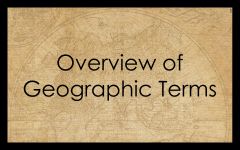
|
Overview of Geographic Terms
|
|
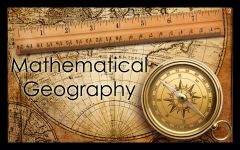
|
Mathematical Geography: a description of the earth using numbers and measurements
|
|

|
Universe: all of Heavenly Father and Jesus' creations
|
|

|
Galaxy: a very large group of stars and all matter surrounding them
|
|
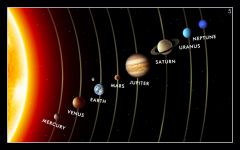
|
Solar System: the sun together with the planets and matter that are held by its attraction and revovle around it
|
|

|
The Earth's Motion: how the earth moves in the solar system
|
|
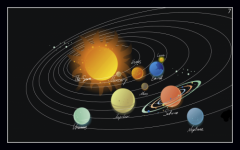
|
Orbit: the path Earth takes around the sun; it takes one year or 365 days to orbit the sun once.
|
|
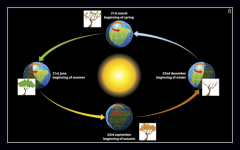
|
Seasons: the four quarters into which the year is divided by a particular kind of weather; winter, spring, summer, or fall; Seasons are based on the position of the earth in its orbit around the sun.
|
|
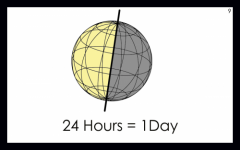
|
Axis: a central, straight, imaginary line about which the earth rotates; One rotation equals one day, or 24 hours.
|
|
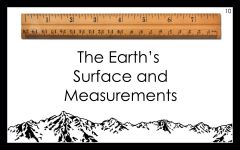
|
The Earth's Surface and Measurements
|
|
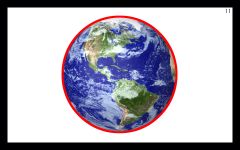
|
Form: shape of Earth; Earth is actually a sphere flattened along the axis from pole to pole such that there is a bulge around the equator.
|
|
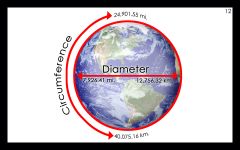
|
Dimension: the size of the earth
|
|
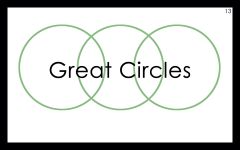
|
Great Circles
|
|
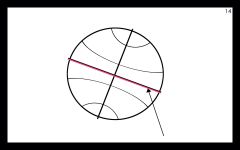
|
Equator: the great horizontal circle of the earth that divides the earth into two equal parts
|
|
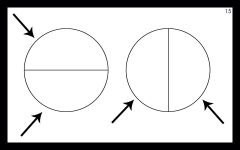
|
Hemisphere: half of a sphere or globe; one of the halves of the earth. there are four hemispheres: northern, southern, eastern, and western.
|
|

|
Prime Meridian: the meridian of 0 degrees longitude from which all other longitude lines are measured
|
|

|
Longitude Lines: imaginary lines equally distant from the poles. Longitude is computed from 0-80 degrees East and West of the Prime Meridian at Greenwich, England.
|
|
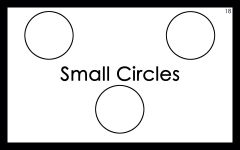
|
Small Circles
|
|
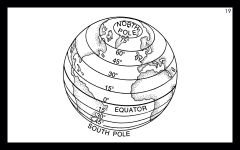
|
Parallels/Latitude Lines: imaginary horizontal lines moving by degrees north and south from the equator
|
|
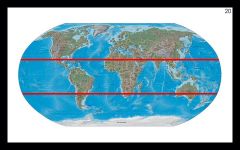
|
Climate Circles/Tropics: TROPIC OF CANCER- the latitude line that is about 23 1/2 degrees north of the equator; the north most latitude reached by the overhead sun TROPIC OF CAPRICORN - the latitude line that is about 23 1/2 degrees south of the equator; the southernmost latitude reached by the overhead sun
|
|
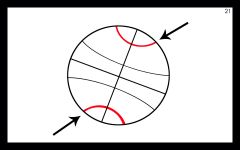
|
Polar Circles: either of the two parallels of latitude each at a distance from a pole of the earth equal to about 23 degrees
|
|
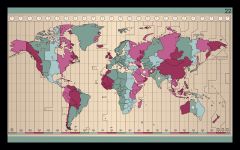
|
Time Zones: a region on the earth where the same standard time is used
|
|
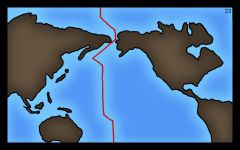
|
International Date Line: an imaginary line near the 180th meridian marked as the place where each calendar day begins
|
|
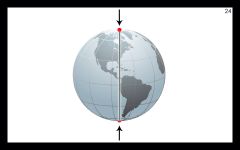
|
Poles: the ends of the axis of the earth
|
|

|
Globes and Maps
|
|
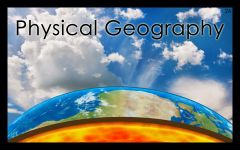
|
Physical Geography
|
|

|
Physical Composition of Earth (inside): what the inside of the earth is made of
|
|
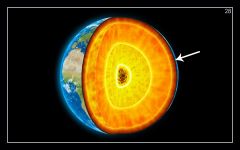
|
Crust: the outside layer of the earth; the thinnest layer; made mostly of rock; 3-34 miles thick
|
|
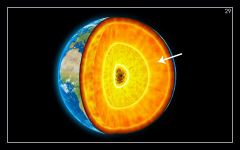
|
Mantle: the thickest layer of the earth at about 1,800 miles; hottest layer made mostly of rock
|
|
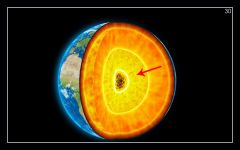
|
Outer Core: made of melted minerals; extremely hot; liquid
|
|
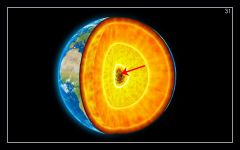
|
Inner Core: made of minerals; solid
|
|

|
Natural Divisions of Earth
|
|
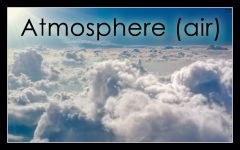
|
Atmosphere: entire mass of fluid, air, and vapors, surrounding the earth
|
|
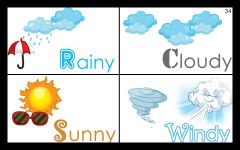
|
Climate: average weather conditions over a period of years Weather: the condition of the atmosphere
|
|
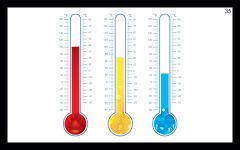
|
Temperature: degrees of hotness or coldness
|
|
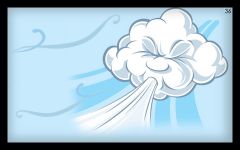
|
Wind: movement of the air
|
|
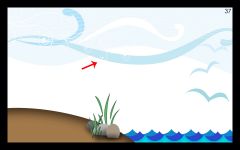
|
Breeze: light wind on land or water
|
|
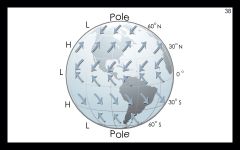
|
Trade Winds: winds that blow steadily from east to west and toward the equator over most of the tropics
|
|

|
Hurricane: a tropical storm with winds of 74 miles per hour or faster
|
|
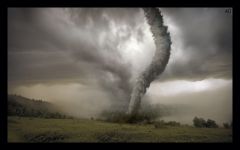
|
Tornado: violent, destructive, whirling wind
|
|
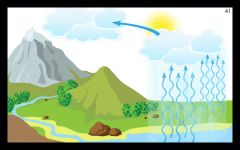
|
Vapor/Humidity: fine, separated particles of water floating in and clouding the air
|
|
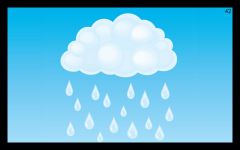
|
Precipitation/Rain: water falling in drops from the clouds
|
|

|
Air Pressure: the force pressing on you by the weight of tiny particles of air
|
|
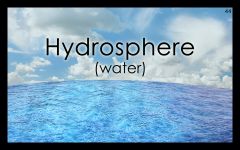
|
Hydrosphere: the water contained on the earth
|
|

|
Oceanic Waters: waters found in the ocean
|
|

|
Ocean: One of the four large bodies of salt water on the earth
|
|

|
Wave: a moving ridge or swell on the surface of a body of water
|
|
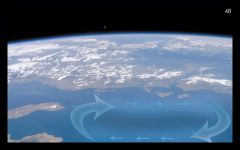
|
Current: a stream of water moving in a definite direction throught the ocean; some are warm, some are cold
|
|
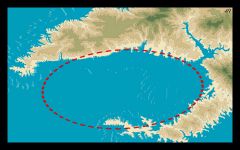
|
Bay: a body of water smaller than a gulf that is nearly surrounded by land
|
|
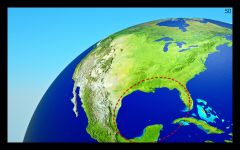
|
Gulf: extension of an ocean or sea into the land
|
|

|
Sea: a large body of water partly or completely enclosed by land
|
|
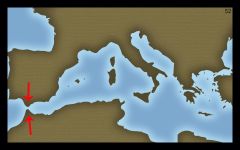
|
Strait: a narrow stretch of water that connects two larger bodies of water
|
|
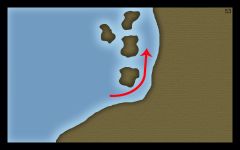
|
Sound: a body of water separating one or more islands from the mainland
|
|
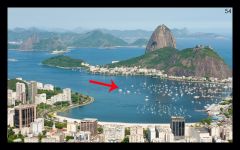
|
Harbor: a sheltered place where ships may anchor safely
|
|
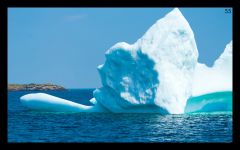
|
Iceberg: a large floating mass of ice detached from a glacier
|
|
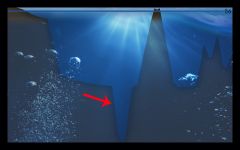
|
Trench: a long, steep-sided, narrow depression in the ocean floor
|
|
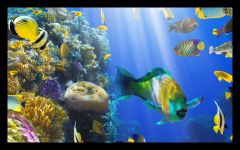
|
Coral Reef: a ridge of rock or sand at or near the surface of water
|
|
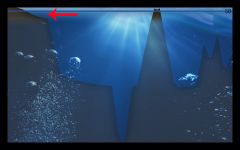
|
Continental Shelf: a shallow, underwater plain forming a border around a continent, usually ending with a steep slope to the deep ocean floor
|
|
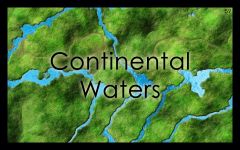
|
Continental Waters: waters found on the continent
|
|
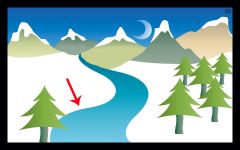
|
River/Stream: a large stream of water flowing through land
|
|
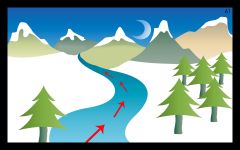
|
Upstream: the direction from which a river flows
|
|

|
Downstream: the direction toward which a river flows
|
|
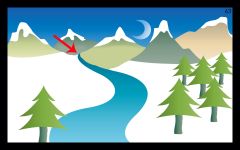
|
Source: the place where a river begins, usually in highlands
|
|
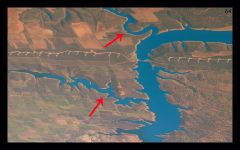
|
Tributary: a river or stream that flows into a larger river
|
|
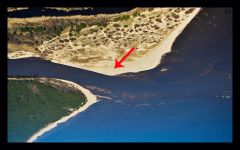
|
Mouth: the place where a river flows into a larger body of water
|
|
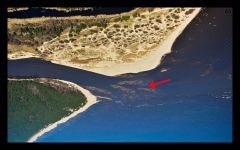
|
Delta: land deposited at the mouth of a river
|
|
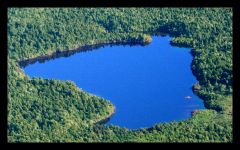
|
Lake: an inland body of water, smaller than a sea
|
|
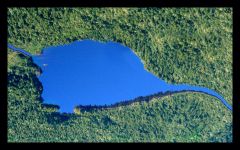
|
Fresh Water Lake: a lake which has water entering in and out of it
|
|
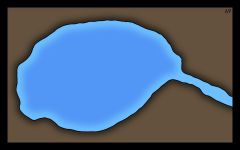
|
Salt Water Lake: a lake which has water entering, but it has no outlet
|
|

|
Channel: a deep, narrow body of water connecting two larger bodies of water; the deeper part of a waterway
|
|
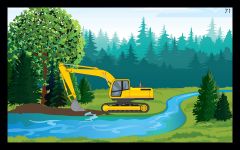
|
Canal: a man-made ditch for transportation or irrigation
|
|

|
Reservoir: a lake where water is stored for future use; sometimes formed by a dam
|
|
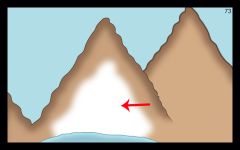
|
Glacier: a large body of slowly moving ice
|
|
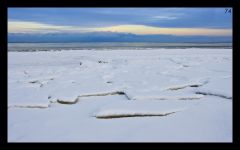
|
Ice Sheet: a glacier forming on an extensive area of relatively level land and flowing outward from its center
|
|
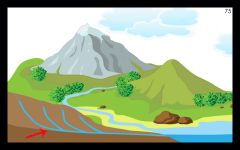
|
Groundwater: the water found beneath the surface of the ground; the source of water in springs and wells
|
|
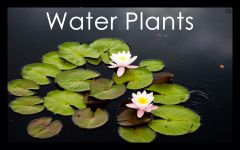
|
Water Plants: water plants common to the area
|
|

|
Water Animals: water animals common in the area
|
|
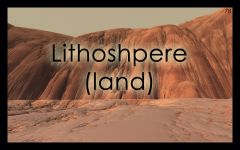
|
Lithosphere: the portion of the earth that is land
|
|

|
Landforms: land distinguished by its shape or form
|
|
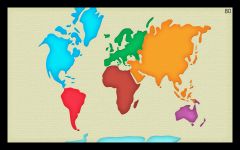
|
Continents: seven large bodies of land on the earth
|
|
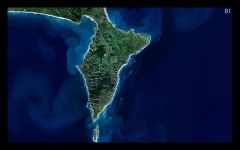
|
Peninsula: a body of land almost surrounded by water
|
|
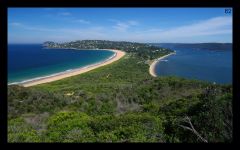
|
Isthmus: a narrow strip of land that connects two larger bodies of land
|
|
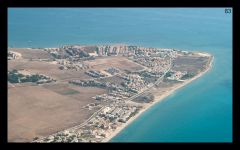
|
Cape: a point of land sticking out into a body of water
|
|

|
Island: land entirely surrounded by water; smaller than a continent
|
|

|
Archipelago: a group of islands
|
|

|
Fjord: a narrow inlet of the sea with steep banks made by a glacier
|
|
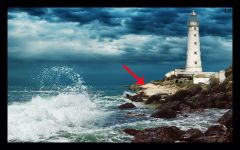
|
Sea Coast: land next to the sea
|
|
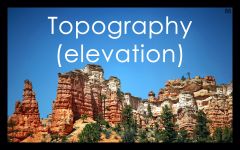
|
Topography: land distinguished by its elevation
|
|
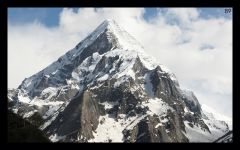
|
Mountain: high, rocky land, usually with steep sides and a pointed or rounded top, larger than a hill
|
|
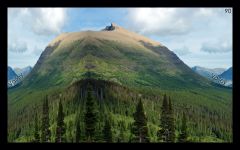
|
Divide: a height of land that separates river basins
|
|
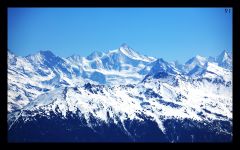
|
Mountain Range: a group of mountains bordered by lowlands
|
|

|
Volcano: a mountain formed of rock or ash thrown up from inside the earth
|
|
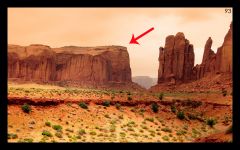
|
Plateau: a region that is mostly high and flat
|
|

|
Hill: a raised part of the earth's surface, with sloping sides; smaller than a mountain
|
|
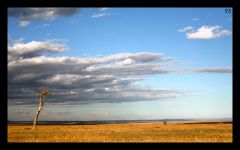
|
Plain: broad, level land
|
|
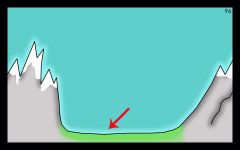
|
Valley: lowland between hills or mountains
|
|
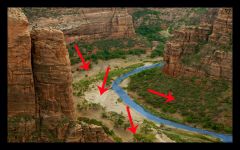
|
Basin: a region drained by a river; land largely enclosed by higher land
|
|
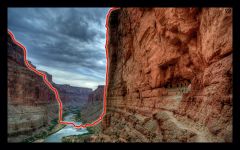
|
Canyon: a deep, narrow valley with steep walls
|
|
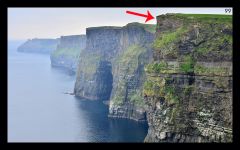
|
Cliff: a high, steep wall of rock
|
|
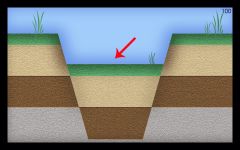
|
Rift: a separation of the earth formed by an earthquake
|
|
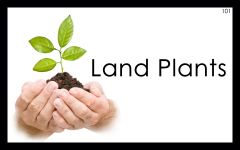
|
Land Plants: land plants common to the area
|
|
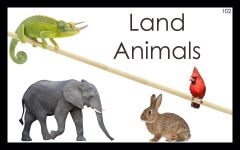
|
Land Animals: land animals living common to the area
|
|
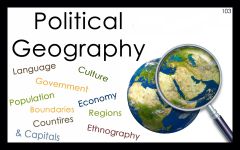
|
Political Geography: the artificial divisions of the earth and its people
|
|
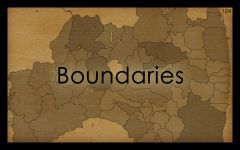
|
Boundaries: lines marking separation; borders
|
|

|
Population: number of people in a country or area
|
|

|
Religion: organized system of faith and worship
|
|

|
Economics: the buying and selling of products and services
|
|

|
Region: a subdivision within a country or continent
|
|
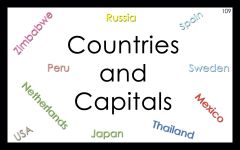
|
Countries and Capitals: a nation and its seat of government
|
|

|
Form of Government: how a country is ruled
|
|

|
Major Languages: the most common form of communication in a nation
|
|

|
Culture/Ethnography: a description of human culture
|
|
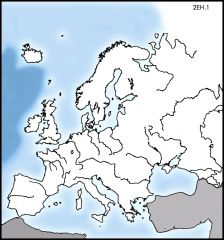
|
Atlantic Ocean
|
|
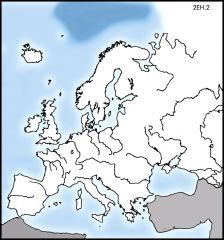
|
Arctice Ocean
|
|

|
Mediterranean Sea
|
|
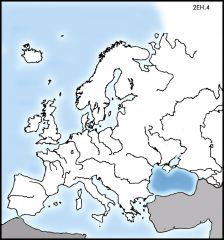
|
Black Sea
|
|
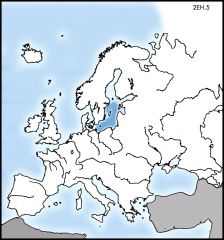
|
Baltic Sea
|
|

|
North Sea
|
|
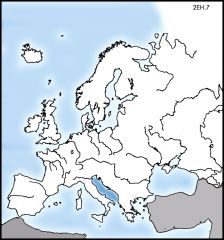
|
Adriatic Sea
|
|
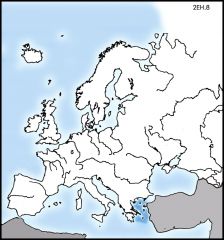
|
Agean Sea
|
|

|
Norwegian Sea
|
|

|
Ionian Sea
|
|
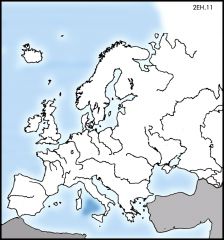
|
Tyrrhenian Sea
|
|
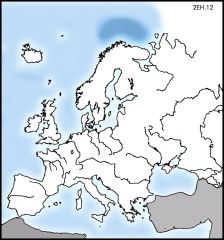
|
Barents Sea
|
|
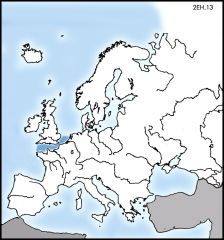
|
English Channel
|
|
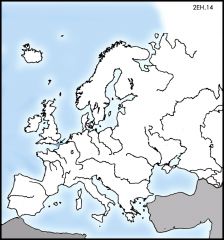
|
Strait of Dover
|
|
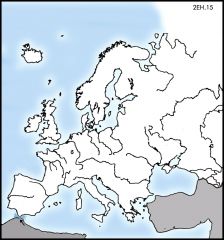
|
Strait of Gibralter
|
|
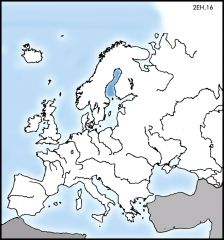
|
Gulf of Bothnia
|
|

|
Gulf of Finland
|
|
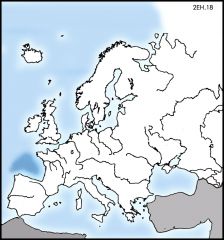
|
Bay of Biscay
|
|
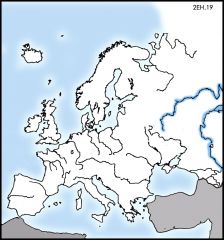
|
Volga River
|
|
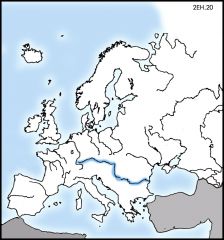
|
Danube River
|
|

|
Rhine River
|
|
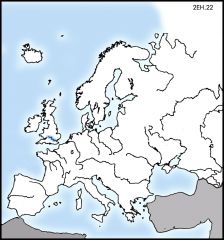
|
Thames River
|
|
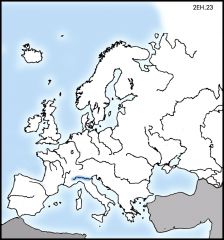
|
Po River
|
|
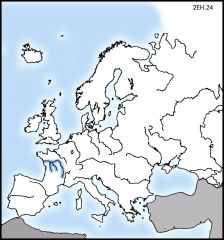
|
Loire River
|
|
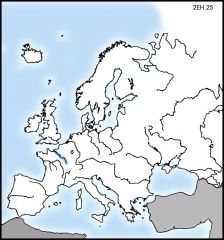
|
Seine River
|
|

|
Rhone River
|
|
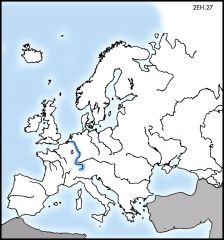
|
Elbe River
|
|
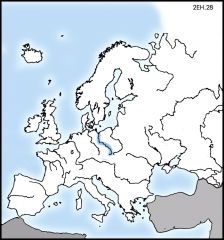
|
Oder River
|
|
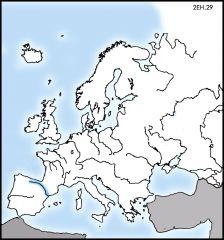
|
Ebro River
|
|
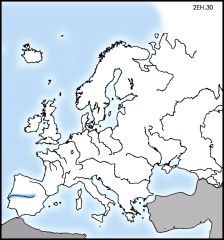
|
Tagus River
|
|
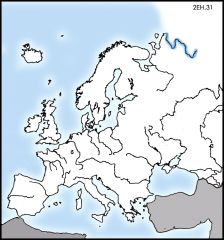
|
Pechora River
|
|
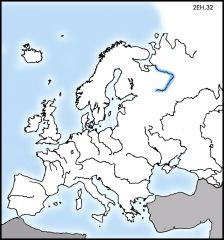
|
North Dvina River
|
|
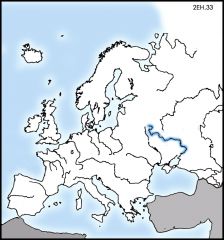
|
Don River
|
|
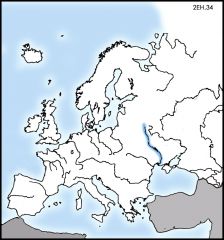
|
Dnieper River
|
|

|
Dniester River
|
|

|
Vistula River
|
|
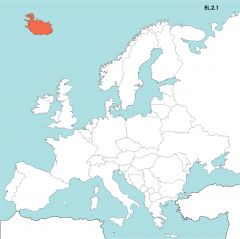
|
Iceland
|
|

|
British Isles
|
|
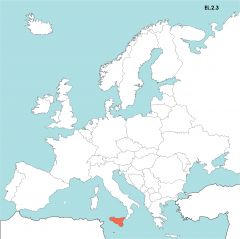
|
Sicily
|
|
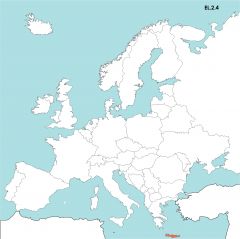
|
Crete
|
|
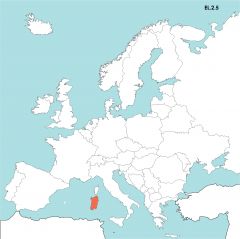
|
Sardinia
|
|

|
Corsica
|
|
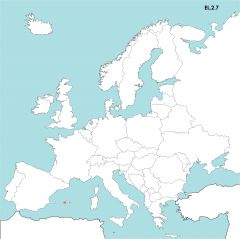
|
Balearic Islands
|
|
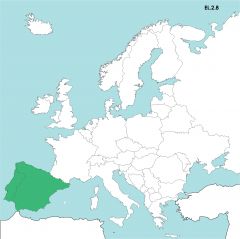
|
Iberian
|
|
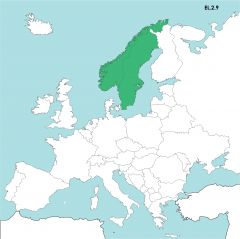
|
Scandanavian
|
|

|
Appenine
|
|
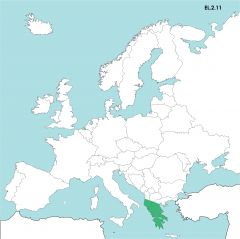
|
Balkan
|
|
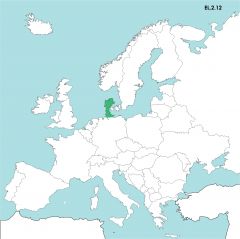
|
Jutland
|
|
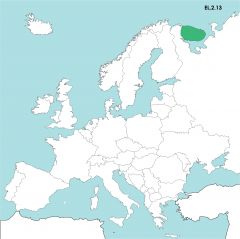
|
kola
|
|
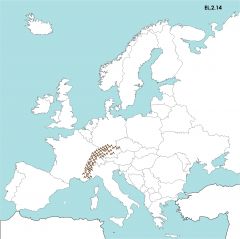
|
Alps (The Real Matterhorn Is Located Here!)
|
|

|
Ural
|
|
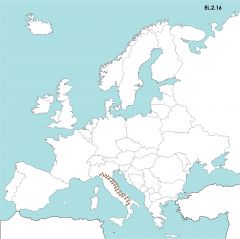
|
Appenines
|
|
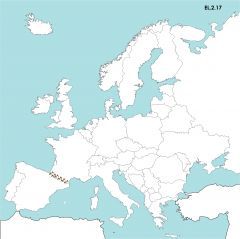
|
Pyrenees
|
|
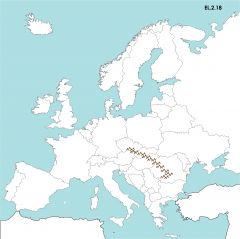
|
Carpathians
|
|

|
Caucausus
|
|

|
Northwest
|
|
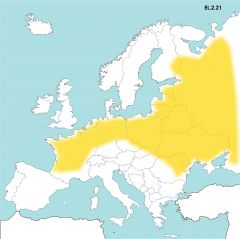
|
Great European Plain
|
|
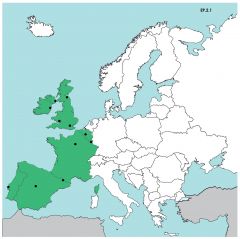
|
Atlantic Region
|
|
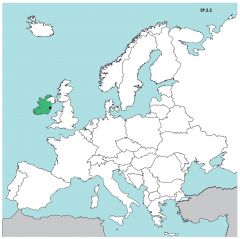
|
Dublin, Ireland
|
|

|
Belfast, Northern Ireland
|
|
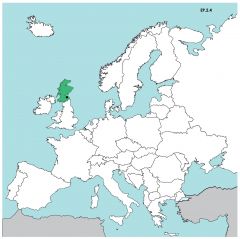
|
Edinburgh, Scotland
|
|
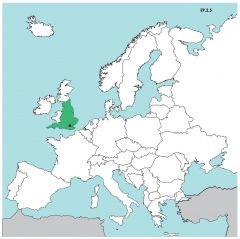
|
London, England
|
|
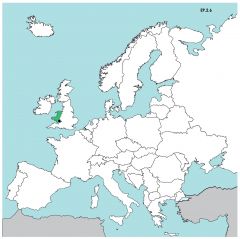
|
Cardiff, Wales
|
|
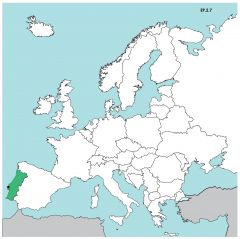
|
Lisbon, Portugal
|
|
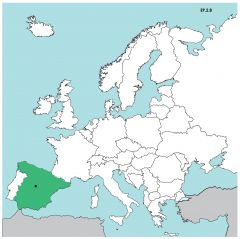
|
Madrid, Spain
|
|
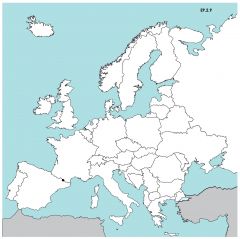
|
Andorra La Vella, Andorra
|
|
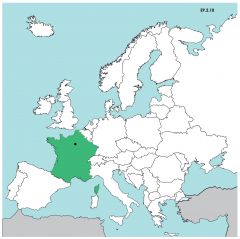
|
Paris, France
|
|
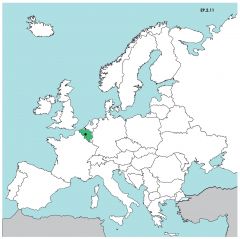
|
Brussels, Belgium
|
|
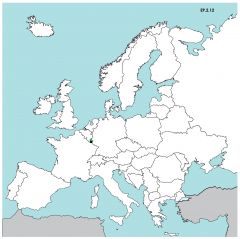
|
Luxembourg, Luxembourg
|
|
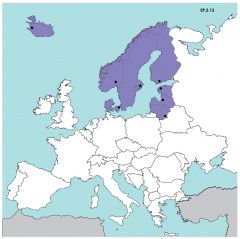
|
Scandanavia & Baltic Region
|
|
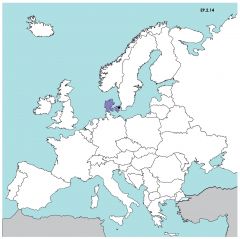
|
Copenhagen, Denmark
|
|
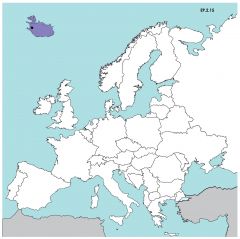
|
Reykjavik, Iceland
|
|
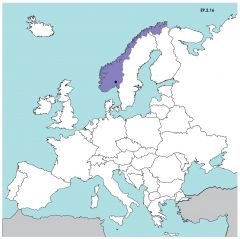
|
Oslo, Norway
|
|
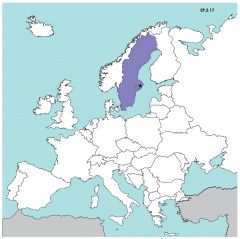
|
Stockholm, Sweden
|
|
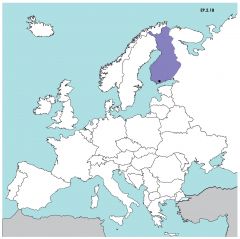
|
Helsinki, Finland
|
|

|
Tallinn, Estonia
|
|
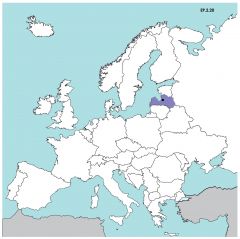
|
Riga, Latvia
|
|
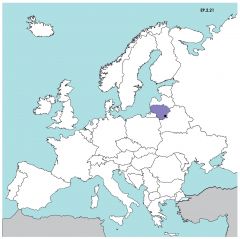
|
Vilnius, Lithuania
|
|
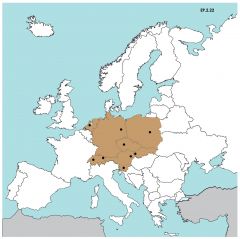
|
Central Region
|
|
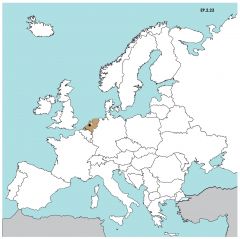
|
Amsterdam, Netherlands
|
|
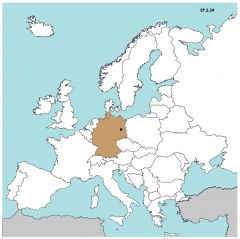
|
Berlin, Germany
|
|
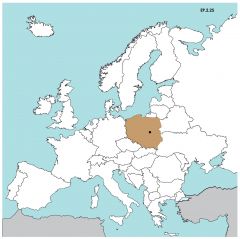
|
Warsaw, Poland
|
|
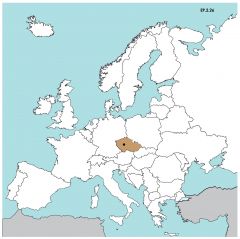
|
Prague, Czech Republic
|
|
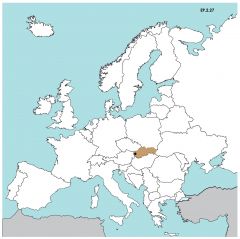
|
Bratislava, Slovakia
|
|
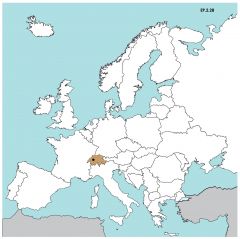
|
Bern, Switzerland
|
|
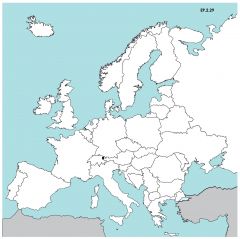
|
Vaduz, Liechtenstein
|
|
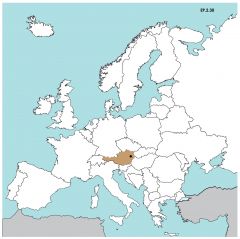
|
Vienna, Austria
|
|
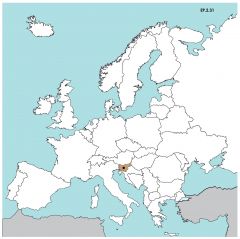
|
Ljubljana, Slovenia
|
|
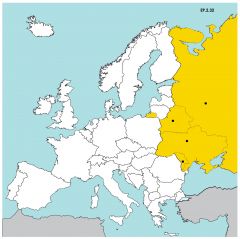
|
Northeastern Region
|
|

|
Moscow, Russia
|
|
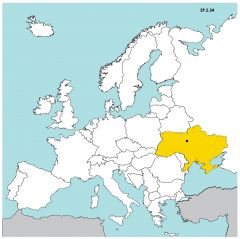
|
Kiev, Ukraine
|
|
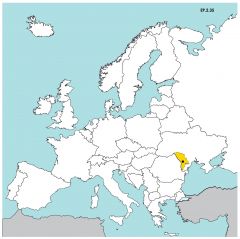
|
Kishinev, Moldova
|
|
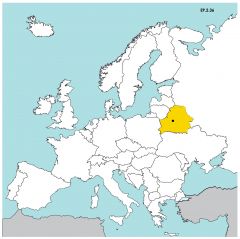
|
Minsk, Belarus
|
|
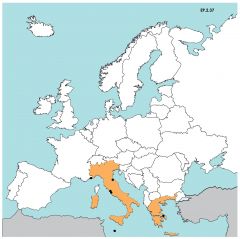
|
Mediterranean Region
|
|
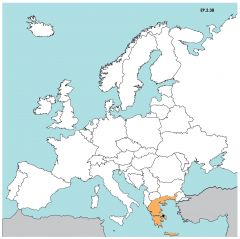
|
Athens, Greece
|
|
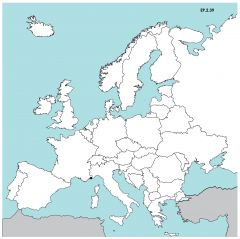
|
Monaco, Monaco
|
|
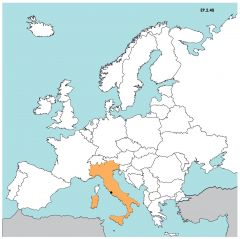
|
Rome, Italy
|
|
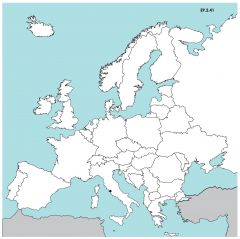
|
Vatican City
|
|
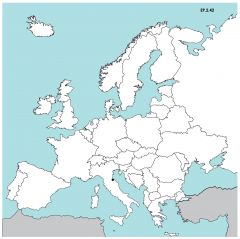
|
San Marino, San Marino
|
|
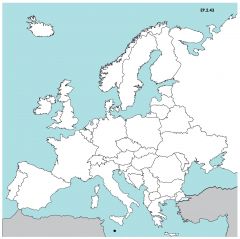
|
Valetta, Malta
|
|

|
Balkan-Danueb Region
|
|
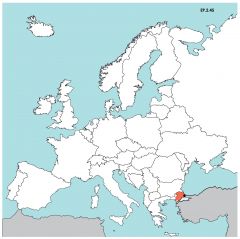
|
Istanbul, Turkey
|
|
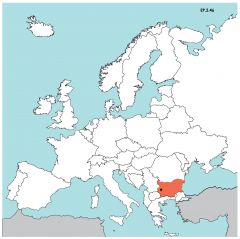
|
Sofia, Bulgaria
|
|
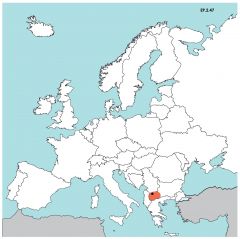
|
Skopje, Macedonia
|
|

|
Tirane, Albania
|
|
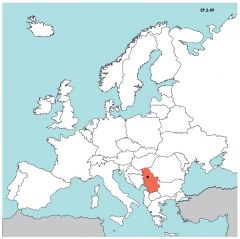
|
Belgrade, Serbia
|
|
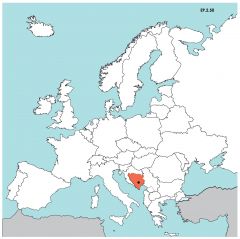
|
Sarajevo, Bosnia and Herzegovinia
|
|
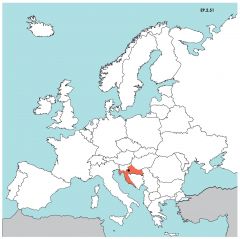
|
Zagreb, Croatia
|
|
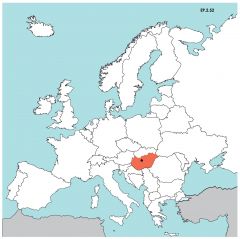
|
Budapest, Hungary
|
|

|
Bucharest, Romania
|
|
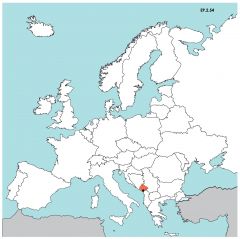
|
Podgorica, Montenegro
|

